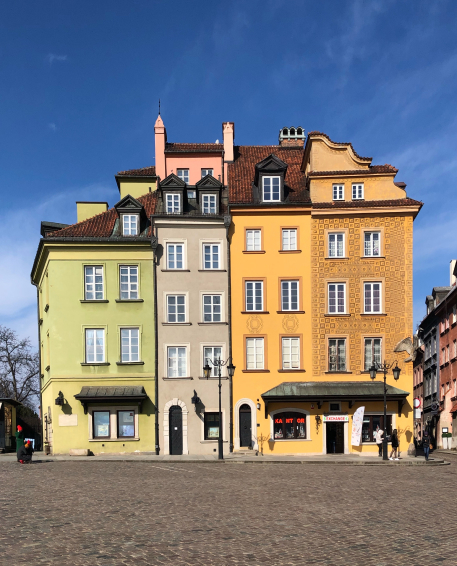Visual Arts
The visual arts in Poland, like other aspects of its culture, reflect the country's rich historical tapestry.
The Renaissance & Mannerism
In the 15th and 16th centuries, the Italian Renaissance profoundly influenced Polish art. Artists of this period, such
as Jan Matejko and Stanisław Wyspiański, left an indelible mark on the Polish art landscape. The Late Renaissance
brought Mannerism to Poland, with the church and nobility commissioning artists like Tomasz Hutter and Hans Krell to
create intricate pieces depicting religious and mythological scenes.
Baroque & Rococo
The 17th and 18th centuries saw Polish visual art aligning with European trends. The grandeur of the Baroque style,
demonstrated in the works of artists like Jerzy Eleuter Szymonowicz-Siemiginowski and Michelangelo Palloni, contrasted
with the lighthearted elegance of the Rococo period, as exemplified by artists such as Jan Jerzy Plersch and Szymon
Czechowicz.
Romanticism & The 19th Century
The Romanticism period inspired artists to explore themes of love, nature, and patriotism. Artur Grottger and Piotr
Michałowski are among the key figures from this era. The 19th century also saw the rise of the Young Poland movement,
embracing new artistic trends and styles. Artists such as Józef Chełmoński and Leon Wyczółkowski painted picturesque
landscapes and scenes from everyday life, making them some of the most revered figures in Polish art.
